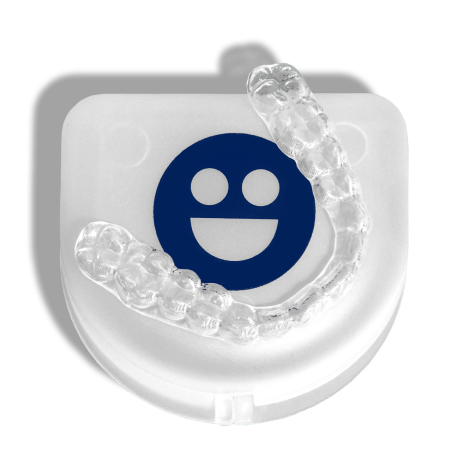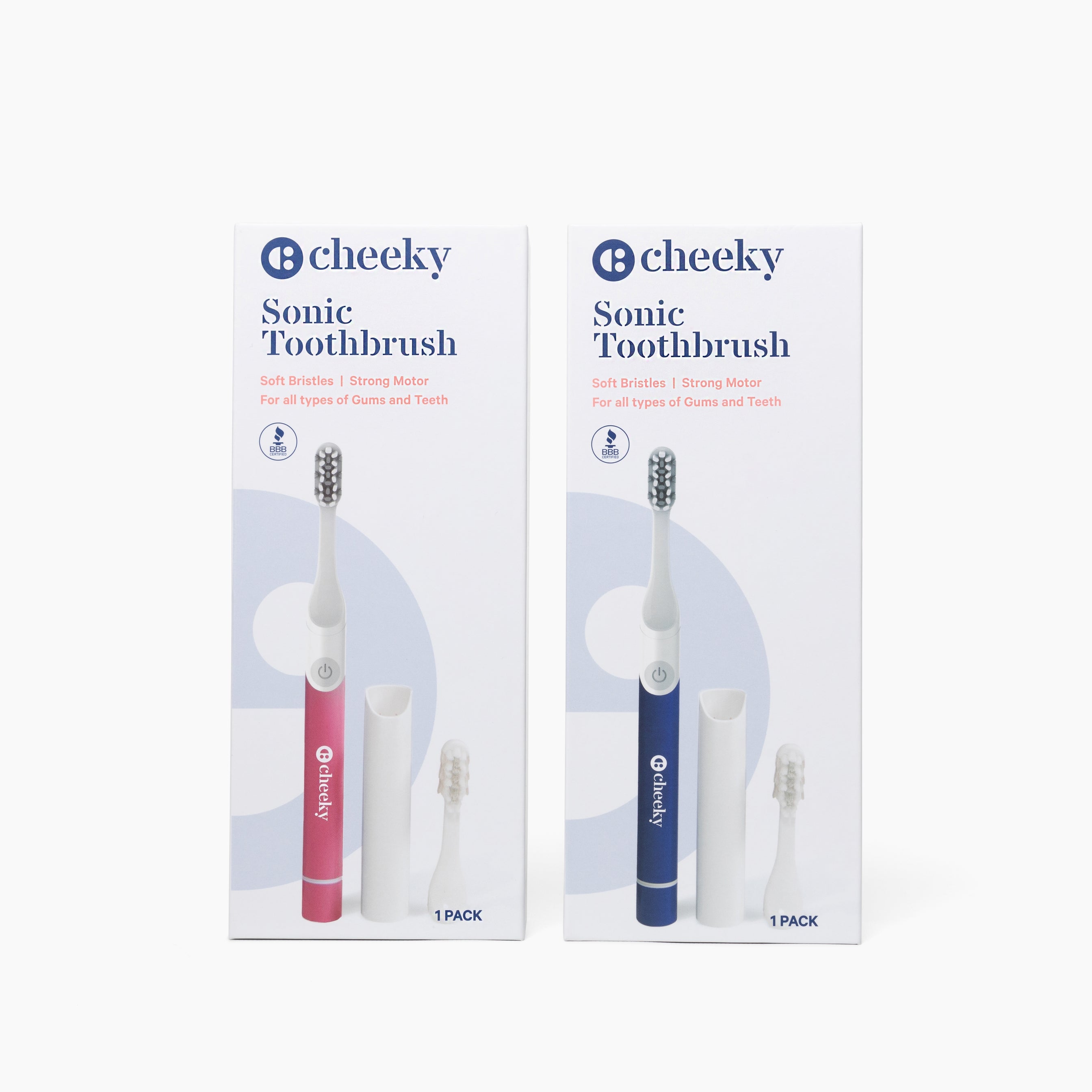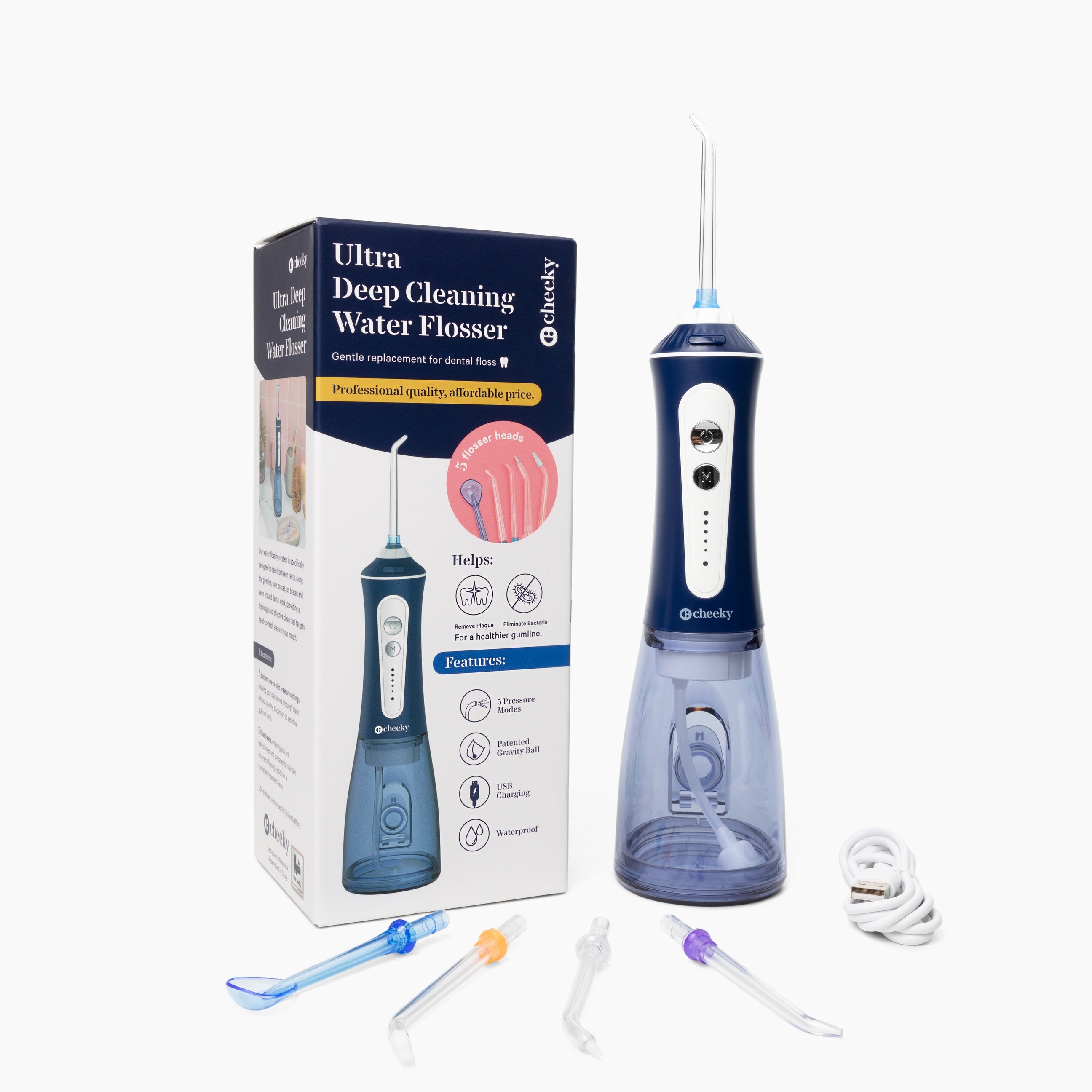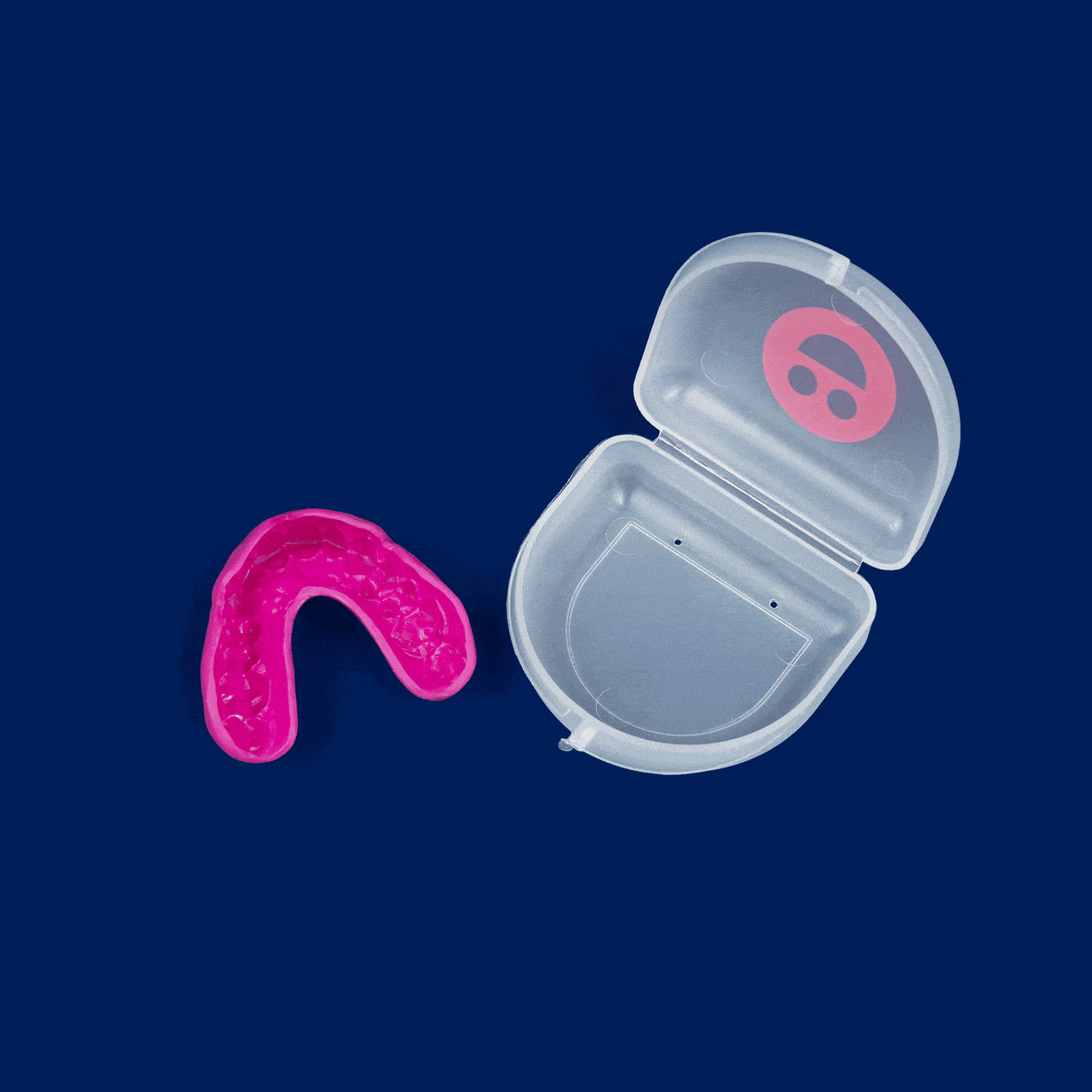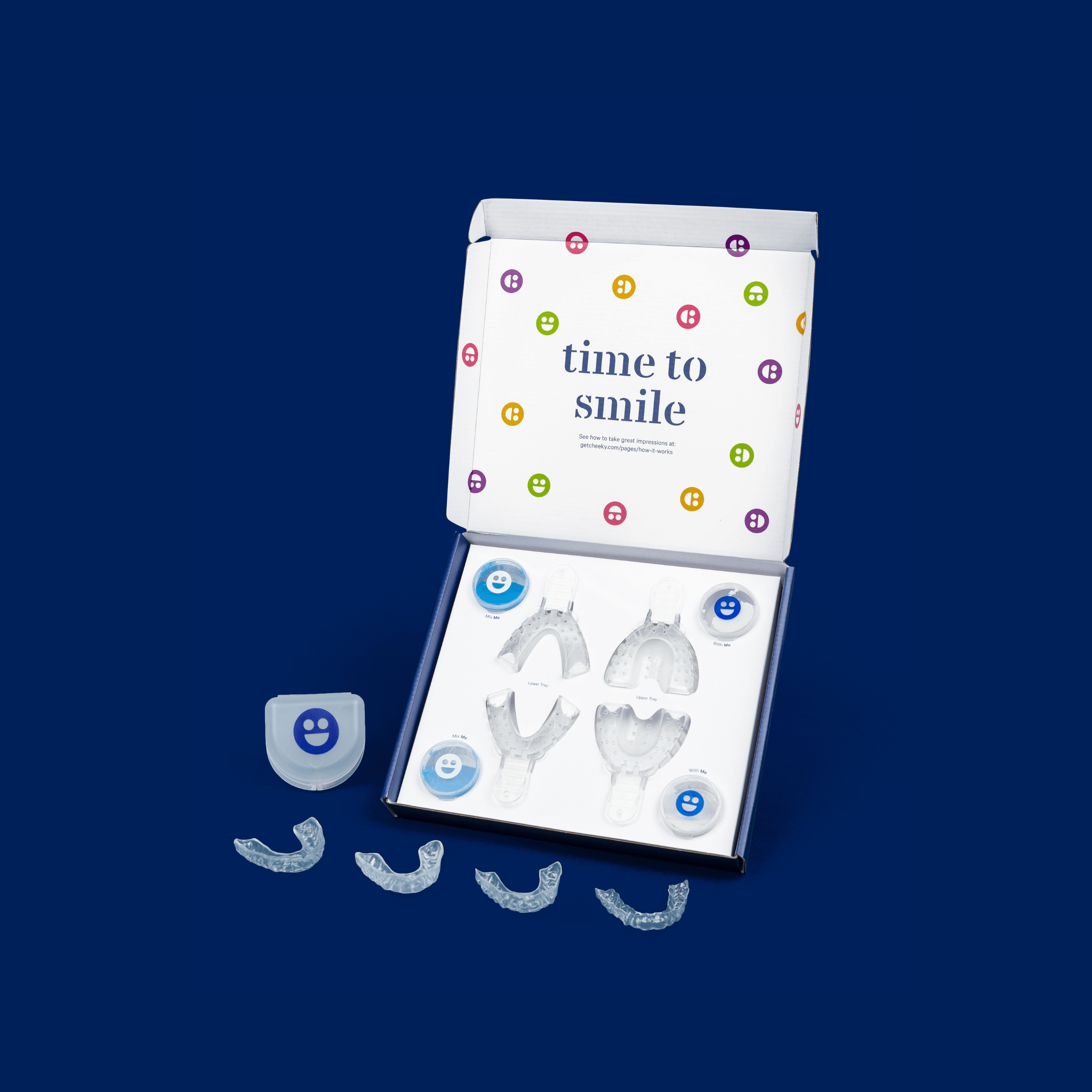Is an Electric Toothbrush Better? Comparing Electric and Manual Toothbrushes

Brushing your teeth is a very important daily habit for promoting good oral health. The American Dental Association (ADA) recommends that both manual and electric toothbrushes are effective for daily brushing to remove dental plaque. But is an electric toothbrush better than a regular manual toothbrush?
With so many options available, knowing the differences will help you make an informed decision for your teeth and gums. In this post, we compare electric and manual toothbrushes, focusing on plaque removal, gum health, convenience, cost, and other factors related to their effectiveness.
Electric Toothbrush vs. Normal Toothbrush

What is an Electric Toothbrush?
An electric toothbrush is powered by either batteries or a charging base and uses oscillating or rotating bristles to clean your teeth. These brushes make brushing easier and more efficient because they provide a more consistent movement than a manual brush. Some electric toothbrushes, like sonic ones, vibrate at a high frequency to dislodge plaque and food particles in hard-to-reach places.
Most electric toothbrushes also have extra features, such as built-in timers to ensure you brush for the recommended two minutes, different brushing modes for sensitive gums or whitening, extra toothbrush heads, and pressure sensors that can prevent over-brushing.

What is a Manual Toothbrush?
A manual toothbrush is the normal brush that you hold in one hand and move over the teeth in controlled motions. With manual brushing, you must keep the brushing under control and provide the sufficient length and pressure of the brush stroke. Normally, the manual toothbrush head has stiff bristles of different sizes and shapes.
The effectiveness of manual toothbrushes depends fully on proper technique and frequency of use. They're simple, easy to carry, and cheap, but the brushing experience depends a lot on how well you control the brush.

The Science Behind Plaque Removal
Plaque is a sticky film of bacteria that forms on the teeth’s surface throughout the day. You can remove plaque through regular brushing before it hardens into tartar, which can lead to tooth decay, gum disease, and bad breath.
How Electric Toothbrushes Remove Plaque
Electric toothbrushes remove plaque more effectively than manual ones. A randomized clinical trial published in the International Journal of Dental Hygiene found that electric toothbrushes can remove up to 21% more plaque than manual toothbrushes. They’re very effective for good oral hygiene. The oscillating, rotating motion of the brush head provides a more consistent, thorough clean than manual brushing.
Cheeky's sonic electric toothbrush, in particular, vibrates at high speeds, which helps dislodge plaque from the teeth and gums in hard-to-reach places. These toothbrushes also feature built-in timers to ensure you brush for the full two minutes recommended by the American Dental Association (ADA) for effective brushing.
How a Manual Toothbrush Removes Plaque
With a manual toothbrush, plaque removal depends on how well you control the brush. Manual brushing requires consistent motion at a force sufficient to dislodge plaque but not so forceful as to injure the gums. Poor technique or a short brushing time may leave behind plaque deposits, leading to gum disease and dental cavities.
In fact, with proper technique and two minutes of brushing, a manual toothbrush can be just as effective at removing plaque as a powered toothbrush. Most people don’t take the time to brush their teeth thoroughly enough.

Gum Health: Preventing Gum Disease
Gum Disease: A Growing Concern
Gingivitis is a gum infection caused by the accumulation of plaque along the gumline. If left untreated, it advances to periodontitis, a serious gum infection that can lead to tooth loss. Proper oral hygiene includes effective plaque removal as recommended by dental professionals to promote gingival health and prevent gingivitis. You can avoid the long-term consequences of untreated gingivitis by brushing, flossing, and having professional cleanings to maintain healthy gums and teeth.
Electric Toothbrush and Gum Health
An electric toothbrush reduces gingival inflammation and decreases the risk of gum disease. In the American Journal of Orthodontics and Dentofacial Orthopedics, most studies conclude that electric toothbrushes can remove more plaque and reduce bleeding in people with gingivitis compared to manual brushing. The pressure sensors found in many electric brushes help prevent excessive force, which can cause gum damage and recession.
Manual Toothbrush and Gum Health
While they, too, can be effective in preventing gum diseases, manual toothbrushes require good technique. Aggressive brushing and a stiff-bristle manual toothbrush may lead to gum recession, leaving your gums more vulnerable to infection and gingival inflammation. To maintain good gum health, brush gently to avoid applying excessive pressure.

Convenience and Ease of Use: Electric or Manual?
Electric Toothbrushes: A Convenience Upgrade
Electric toothbrushes make the brushing process easier and more effective with several features. For instance, built-in timers allow you to brush for the recommended two minutes, and pressure sensors prevent over-brushing. It also requires less effort to use an electric toothbrush, especially for people with limited mobility or arthritis.
Electric toothbrushes also have brushing modes suited for needs like sensitive gums and teeth whitening. They normally come with charging stations, batteries, and even traveling cases to make them as user-friendly as possible for people on the move.
Manual Toothbrushes: The Traditional Choice
Manual toothbrushes are simpler, easier to carry, and cheaper. There is no timer to ensure you brush long enough for a full two minutes, and you must be cautious not to exert excessive pressure. They’re light and easy to carry, which makes them convenient for travel, but they do require more effort and attention to detail.
Cost: Is an Electric Toothbrush Worth the Price?
Initial and Long-Term Costs of Electric Toothbrushes
The electric toothbrushes are usually more expensive up front than the manual ones. The prices tend to be high for premium electric toothbrushes that offer additional features like Bluetooth connectivity, multiple brushing modes, and even sonic vibrations. You must also change the brush heads every couple of months, adding to the cost over time.
While electric toothbrushes are more expensive than manual ones, they usually offer a set of advantages that make them worth the price if you value oral health and convenience. One of the standout features of many electric toothbrushes is the built-in timer, which ensures that you brush for the recommended two minutes.
The Cost of Manual Toothbrushes
Manual toothbrushes have the obvious advantage of being far cheaper to buy, with low ongoing expenses. On the other hand, the effectiveness of a manual toothbrush relies heavily on the user's technique and frequency of replacement. You should replace your manual brush every three to four months for optimum plaque removal, which might be a small but recurring cost.

Which Is the Best Toothbrush is Better for You?
Factors to Consider When Choosing an Electric or Manual Toothbrush
-
Personal Preference: Do you prefer technology and convenience, or simplicity and control?
-
Budget: Is the added expense of an electric toothbrush necessary for your needs?
-
Oral Health Needs: Do you have specific issues, such as gum problems, sensitivity, or plaque buildup, that an electric toothbrush could address more effectively?
Is an Electric Toothbrush Better?
It’s a no-brainer that an electric toothbrush is generally considered more effective at plaque removal and improving gum health. They provide a more thorough clean than manual brushing, especially in hard-to-reach areas. While manual brushing can still be effective with the right technique, it’s often harder to maintain consistent results.
Frequently Asked Questions
What Are the Disadvantages of Using an Electric Toothbrush?
While electric toothbrushes offer various benefits, they also have certain drawbacks. They tend to be more expensive than their manual counterparts, with higher upfront and recurring costs due to brush head replacement. Besides that, electric brushes require batteries or charging, which can be a hassle for some people. Apart from this, improper usage of electric toothbrushes may not work for people with sensitive teeth or tooth enamel. However, many models are equipped with soft bristles and in-built features to avoid over-brushing.
Do Dentists Really Recommend Electric Toothbrushes?
Yes, many dentists recommend electric toothbrushes because they’re very effective in reducing plaque and improving oral hygiene. Electric toothbrushes remove plaque more effectively than manual brushing, helping prevent further cavities and gum disease. The moving or oscillating brush head cleans more perfectly, especially in those hard-to-reach areas like the molars and gumline. Check out our guide to some of the best electric toothbrushes approved by dentists to maintain oral hygiene.
Why Don't My Teeth Feel Clean After Using an Electric Toothbrush?
This can happen if you don't brush for 2 minutes or when your brush head needs a replacement. Pay special attention to brushing around all areas of your mouth, including molars and the gumline. Use a good formula toothpaste to enhance the feeling of cleanliness. And if you use a big brush head, replace it with a small brush head to help in better maneuvering, especially in hard-to-reach areas.
What Is the 2-2-2 Rule for Brushing Teeth?
The 2-2-2 rule means brushing your teeth twice a day for two minutes each time and changing your toothbrush every 2-3 months. This rule will help maintain good oral health, prevent cavities, and strengthen tooth enamel. Regular and thorough brushing prevents plaque buildup, gingivitis, and other dental problems. Electric toothbrushes make it easier to stick to the two-minute recommendation with their built-in timers.
Conclusion: Choose the Right Brush for Your Smile
Even if you choose an electric or manual toothbrush, consistency is the most critical factor. Both toothbrushes can be effectively used to achieve good oral health. However, if you’re looking for a more efficient and convenient brushing experience, an electric toothbrush is the best option.
At Cheeky, we have a range of sonic electric toothbrushes designed to make brushing easier and more effective in maintaining good oral hygiene. Browse our collection of electric sonic toothbrushes for a better brushing experience today.
References
-
Ikawa, T., Mizutani, K., Sudo, T., Kano, C., Ikeda, Y., Akizuki, T., ... & Iwata, T. (2021). Clinical comparison of an electric‐powered ionic toothbrush and a manual toothbrush in plaque reduction: A randomized clinical trial. International Journal of Dental Hygiene, 19(1), 93-98.
-
Mylonopoulou, I. M., Pepelassi, E., Madianos, P., & Halazonetis, D. J. (2021). A randomized, 3-month, parallel-group clinical trial to compare the efficacy of electric 3-dimensional toothbrushes vs manual toothbrushes in maintaining oral health in patients with fixed orthodontic appliances. American Journal of Orthodontics and Dentofacial Orthopedics, 160(5), 648-658.



